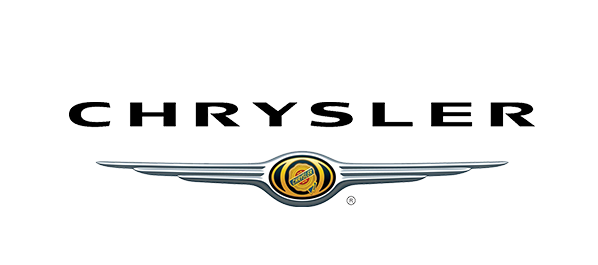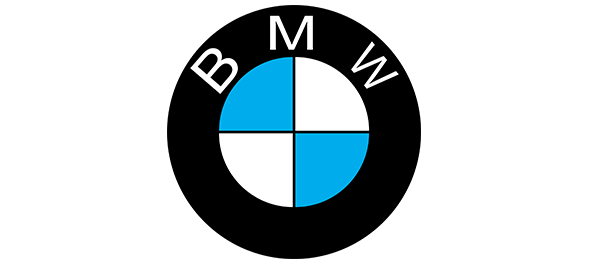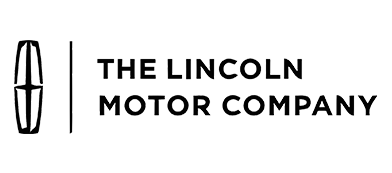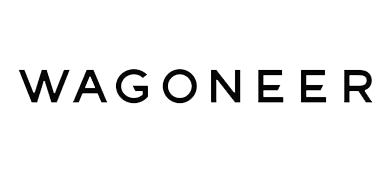Chauffeur Driven Magazine – The Yin and Yang of Marketing

PAT CHARLA AND JENNIFER WONG
In the old days, limousine companies conducted 100 percent of their marketing offline. We had no choice; there was no such thing as “online.” If a company did engage in marketing its services, it generally followed the Yellow Pages advertising and local networking strategy to help build visibility in the marketplace. Some companies had brochures of varying sizes, some did postcard mailings, and others may have even done a trade show or two.
Now the Internet delivers online marketing that has made it much easier for companies to save money and expand their reach. At least that’s what everyone says. Don’t misunderstand, every business operating in any service industry needs a website and social media. For chauffeured ground transportation—a commoditized service—not having a constantly updated website and engaging presence online could mean “no business.” It’s critical because the web is the first place people go to research the services you and your competitors offer, and this is true whether you’re 100 percent corporate or do a little retail work as well. The question is, how do you actually get a prospect to consider your service and ultimately buy from you?
Your clients’ expectations may have changed dramatically over the years, but their goal remains the same: find the best service at the best price from a reputable, quality provider. There are several things that a company can put in place that will not only differentiate itself in the marketplace, but also move a prospect’s decision making well beyond price.
First, it is crucial to have a firm online presence without sacrificing offline (traditional) marketing. Offline marketing is still important to pursue, and knowing how each can complement the other will yield a more robust marketing plan and improved ROI. Your online presence should tell a story of who you are and help keep you engaged with customers, but if you have nothing to offer them outside of that, they will use your competitors. It will also help customers have multiple ways of staying up to date on your business.
The most important part of combining online and offline marketing strategies is to keep a consistent branding image, so that customers and prospects alike will be familiar with it. If your target audience sees your logo and the various materials (on- and offline) that build your identity, they will begin to feel that they know your business. You see it work all the time. Whether online, in a magazine, or on television, who doesn’t think of Target when they see a red bulls-eye, and does anyone not know what the Mercedes-Benz logo looks like?
These successful companies have developed a single identity and intelligently marketed by not committing themselves to an either/or marketing plan. The reason is quite simple. When integrated properly, the combination of online and offline marketing will always yield better results than one or the other independently. You engage customers in one medium, and keep the conversation going in another. Consider:
• Many marketers report an average improvement of close to 50 percent for personalized multi-channel campaigns over traditional campaigns.
• 62 percent of online campaigns are seeing an increase in return on investment when combined with offline marketing, such as direct mail.
To take full advantage of integrated marketing or multi-channel marketing (using both marketing techniques to deliver a consistent message across multiple channels), you should only develop marketing campaigns that:
• Have a specific objective: your objective could be generating new leads, launching a new service, increasing business in specific blocks of time, promoting an event, and more
• Have a defined, targeted audience
• Have a strong call to action: this can be accomplished most effectively by giving something of value or relevance away
• Have a clear visual connection between the different channels
• Have a way to measure effectiveness using campaign-specific landing pages to track activity
One of the primary goals of an integrated marketing program is to use offline marketing to drive prospects online to learn more about your services and provide you with the response you want. Over the years, there have been many surveys, including those conducted by the Direct Marketing Association and other top marketing groups that have shown almost 75 percent of buyers prefer offers via traditional direct mail, but often overlook the fact that 52 percent of these people prefer to respond online, 25 percent of whom will only respond online.
No matter how you look at it, in our multi-channel world, offline marketing (top of the list: direct mail) is still an exceptionally effective way to communicate your message to your target audience, but if you don’t give them a quick and easy way to respond online, you are cutting off a huge portion of your potential responses. Think of integration of offline and online marketing each as one hand belonging to one body. Both are working for the common good of the body. Both hands need to work together to be successful.
So how do we go about driving your prospects online? One way is by using landing pages. A landing page is a webpage or website (usually one page only) that is created specifically for capturing responses from both channels. Think of it as nothing more than an electronic postage-paid reply card. It is geared for a response and is not the same as your website’s home page for a number of reasons.
It should be a one-page, targeted website that enables you to capture the visitor’s data through a contact form (for example, a quote form, which captures the name, company, email address, etc.). Landing pages can be used to target specific customers that you would like to highlight your services to. You can have several landing pages for different services that you would like to market. In fact, the more landing pages you have, the merrier! They are terrific ways to segment and separate your audience, and therefore, better track and measure your marketing response.
One example of a landing page is to capture meeting planner with a giveaway whitepaper or even a “prize” like a gift card or similar. Promote that landing page in LinkedIn groups that are heavily populated by meeting planners, and create a buzz about it on Twitter and Facebook. A way to integrate your traditional offline marketing into your landing page marketing is to simply include your landing page link URL (or create a QR code, although there is evidence that it hasn’t been widely embraced by the general public) on your direct marketing materials and advertisements. The customer goes directly to your landing page, and thus drives your leads to your sales department.
Seven key components of a successful landing page are:
1. A great visual that clearly identifies your topic or service
2. An informational (or educational) piece of content
3. A call to action (what do you want them to do?)
4. A lead capture (example: a contact form)
5. A social share enabling (“share this page on Facebook, etc.”)
6. Google Analytics set up on the page so you can measure response
7. Auto-responder email software linked to the contact page that will acknowledge and thank the visitor’s action
By isolating your landing page from your website, you are easily separating your leads from your regular “window shoppers.” One tip: make sure to set up Google Analytics on that page so you are able to see where your leads are coming from and when they are browsing.
As always, the key to integrating your offline and online marketing efforts is consistency. In all you do, including landing pages, thank you emails, brochures, social media and more, make sure that all of your customer “touches” are consistent in the way they look and feel. In every email you send, your signature should have your social links to Facebook, Twitter, Pinterest, Google+, and your blog. In every advertisement you have, your website and at least Facebook and Twitter links should be included. Use your landing pages to keep track of what is working in your marketing and what is not working. Above all, be consistent, and be present—get out there and market online AND offline!
PAT CHARLA IS THE FOUNDER OF DRIVEPROFIT AND IS AN ADVOCATE OF SUSTAINABLE BUSINESS PRACTICES THROUGH LEAP. SHE CAN BE REACHED AT PAT@DRIVEPROFIT.COM JENNIFER WONG, A PARTNER WITH DRIVEPROFIT, HAS EXPERTISE IN MARKETING AND SOCIAL MEDIA. SHE CAN BE REACHED AT JENNIFER@DRIVEPROFIT.COM [CD0913]








